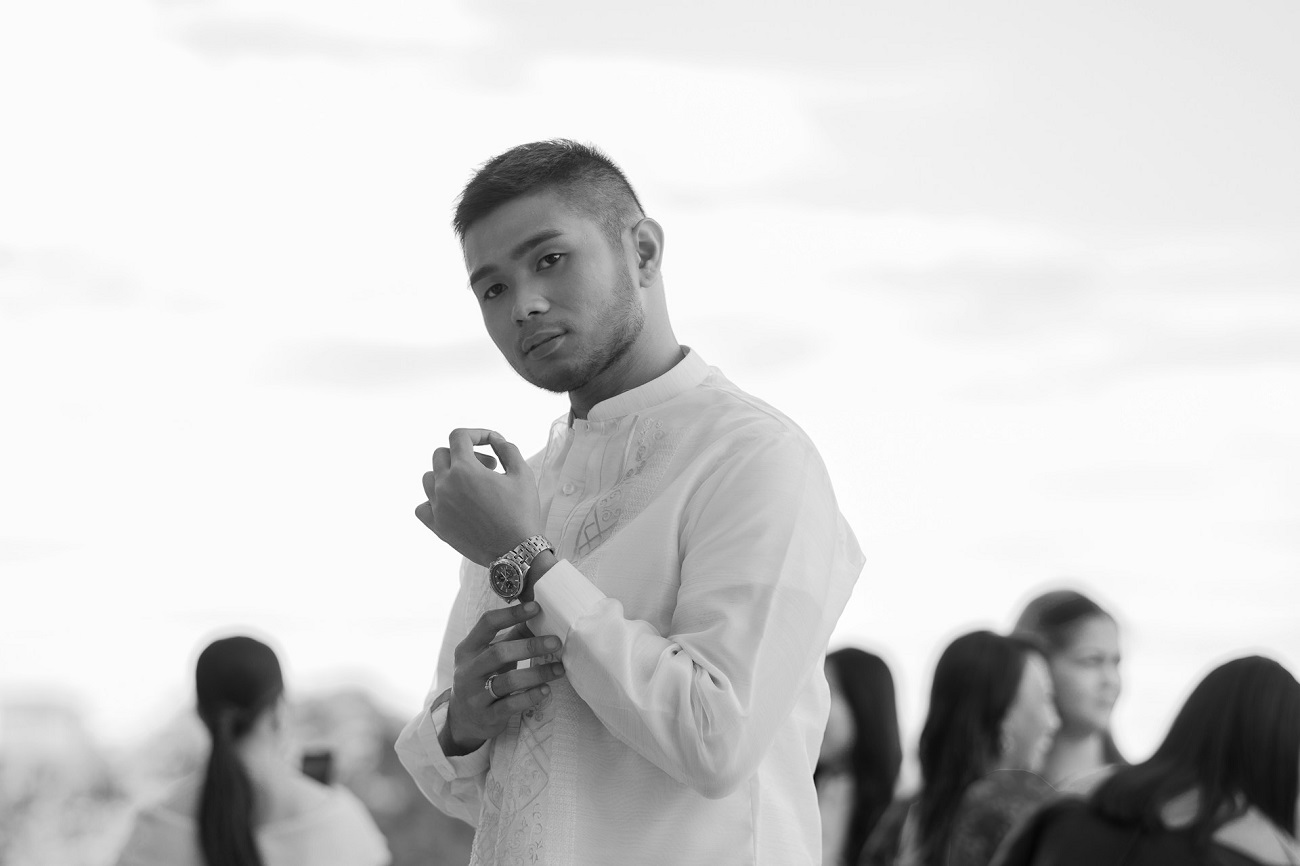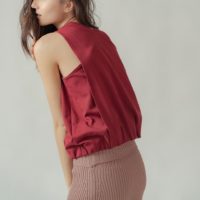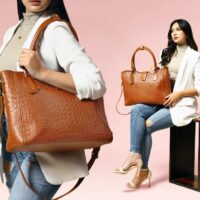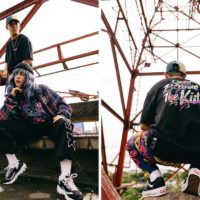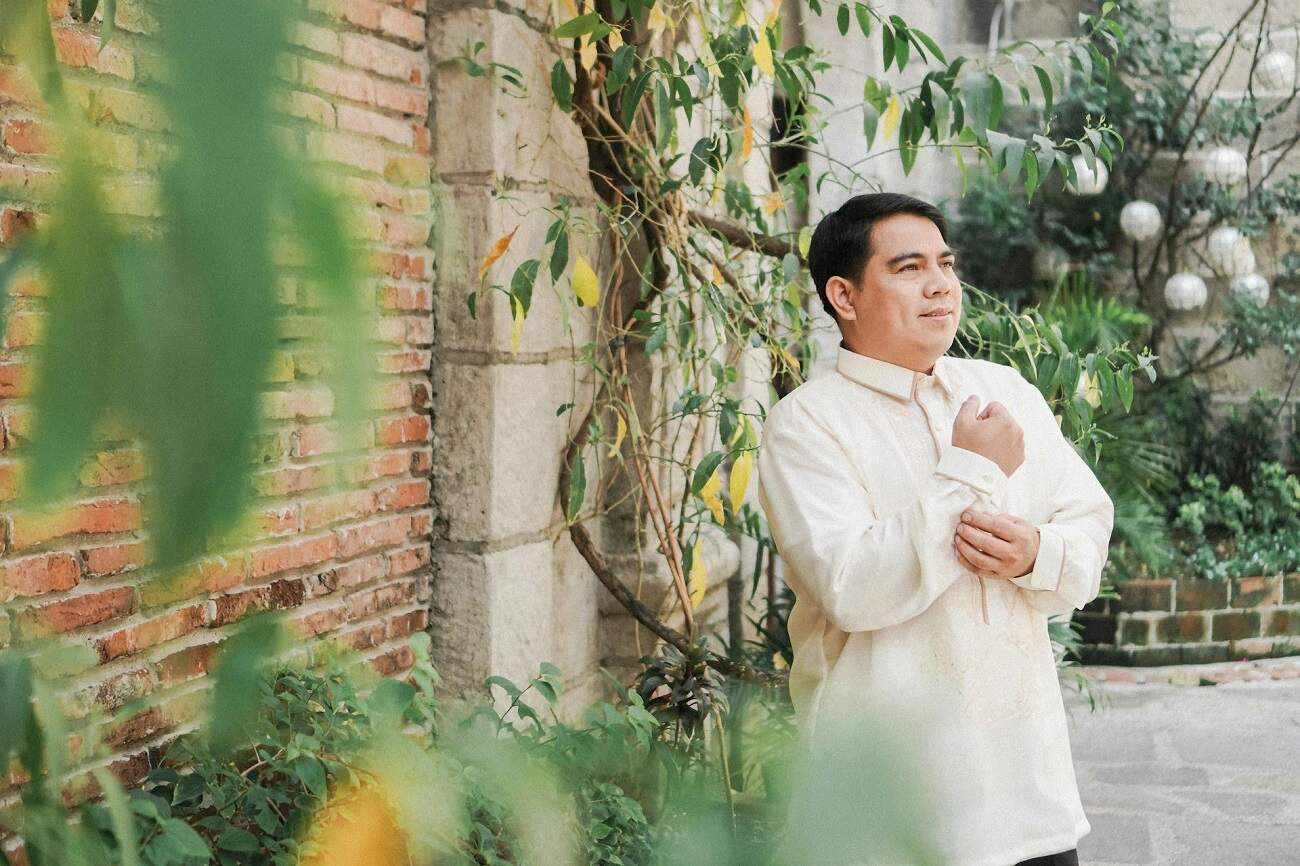
There’s something about a proper barong that brings out one’s inner elegance and poise. It’s a staple at weddings, debuts, and baptisms as an alternative to the tuxedo. It’s front and center at Senate hearings and Malacanang state dinners for foreign dignitaries. It can make even regular Filipinos look like influential VIPs in the right setting.
While the barong has its roots in our colonial history, its popularity as a fashion item did not take off until the 20th century. Presidents like Manuel Quezon and Ramon Magsaysay wore barongs at official functions throughout their terms, and Proclamation No. 1374 in 1975 gave it official recognition as the national attire.
The worldwide awareness for Filipino culture has called for modern twists on the iconic barong. This has challenged many a fashion designer to come up with updates on the classic, while still honoring the tradition and craftsmanship that goes into its creation.
Related reading: Why Buying Local Filipino-Made Products is Important
The Craft Behind the Barong
View this post on Instagram
From the weaving of the finest fibers to the painstaking embroidery, the process of making a barong takes time and patience. The best barongs are often handmade by local artisans who source and sew their own material using tried-and-true methods of weaving, tailoring, and embellishment.
Despite the name, the barong Tagalog is not exclusive to the Tagalog-speaking regions of the Philippines. The materials that go into barongs are sourced all over the country, going as far as the Visayas for raw materials.
The finest barongs are often made with fiber woven from pineapple leaves, but pineapple fibers are rare and take a long time to process. When pure pineapple fiber is not an option, combining it with jusi provides durability. Materials like sinamay and abaca are also used to create opaque fabrics.
Because of the fabrics used to create the barong, it takes a special kind of skill to create its intricate embroidered designs. For that matter, fashion designers in the country turn to the expertise of local artisans who can hand-stitch through the fabric.
Related reading: Fashion Brands You May Not Have Known to Be Filipino
Styling The Barong for Modern Times
The beauty of the barong lies in its simplicity; a barong can be worn over pants and a simple undershirt, and still send a message of formality. Young designers have tried to innovate with the barong by toying with colors and shapes, sometimes getting inspiration from streetwear to create jackets and vests out of barong materials.
Customized embroidery has also updated the barong for younger generations. Barong designers such as Randolf Clothing, Kelvin Morales, and Santi Obcena have collaborated with clients to come up with designs inspired by native plants and animals. Obcena recently went viral for creating a bespoke wedding barong embroidered with Pokemon characters, and designer Daryl Maat is sought after for his “Pad Paper” barong inspired by notebook doodles.
Sometimes, however, simple is best. Take Francis Libiran’s “Sinag” barong, which earned raves when it was worn by members of Team Philippines at the 2024 Paris Olympics. Libiran took his inspiration from the indigenous pintados and created a minimalist barong with a detachable flag shield, both of which are designed to be re-worn in future occasions.
Filipino-American celebrities have also styled the barong differently for the international spotlight. Wrestler-turned-actor Dave Bautista wore a short-sleeved barong to WWE Smackdown in 2007, and influencer Bretman Rock paired his barong with skinny pants and a tiara in promotional photos for his 2018 collaboration with the US cosmetics brand Colourpop.
Even non-Filipinos appreciate the relative comfort of the barong, and not just for formal events. Many expats are fans of the barong’s loose structure, which is not only suited for the temperate weather but can also be flattering on most body types.
Related reading: Statement and Style: Filipino Streetwear Brands that Fit Any Vibe
Why The Barong Matters
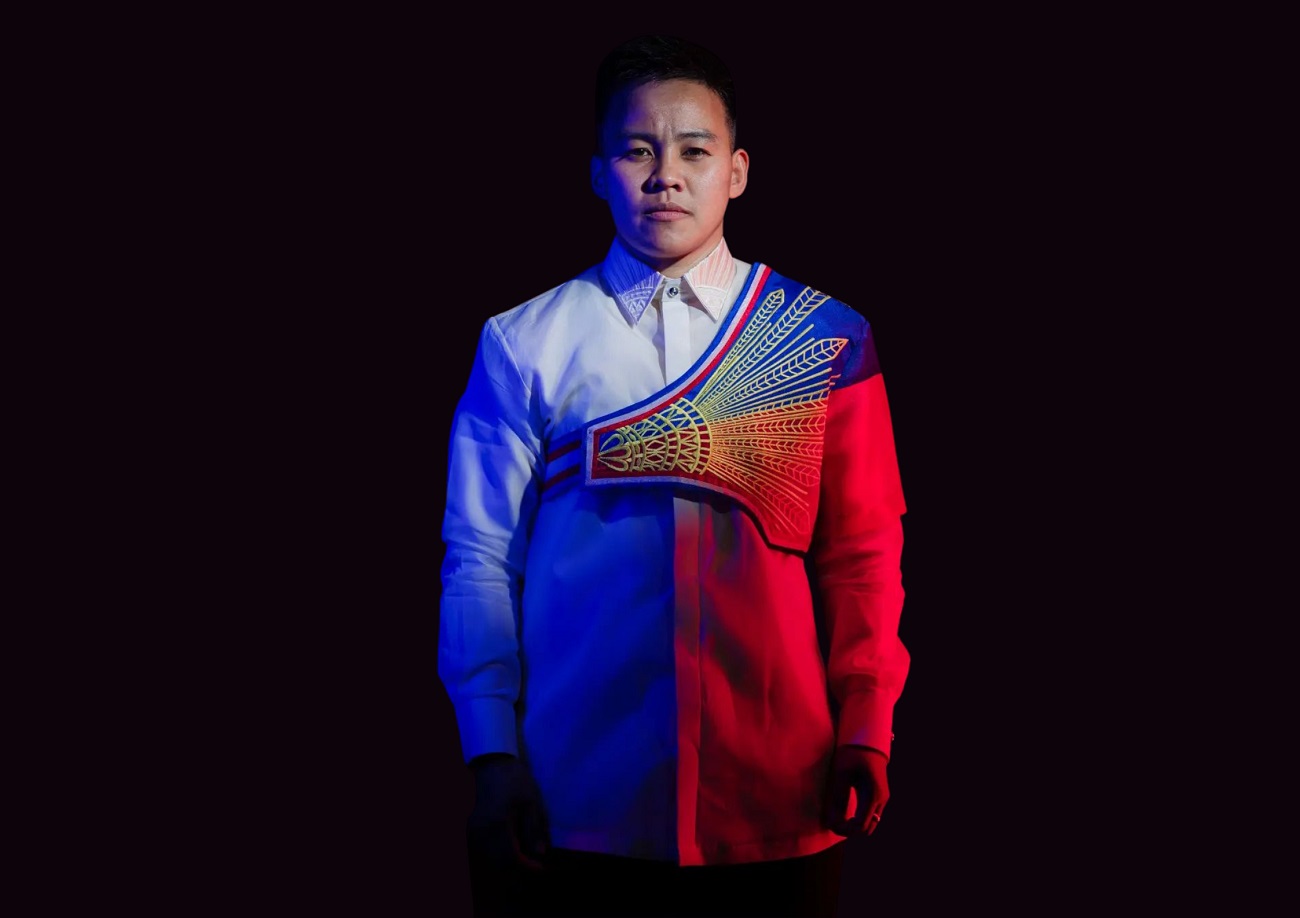
At a moment when the cultural heritage of the Philippines is in danger of being underappreciated, the barong stands as an icon of timelessness. As fashion designers turn to pre-colonial history and the environment for inspiration, the barong becomes modernized in the local consciousness, shedding its associations with staid formality.
And it doesn’t have to take an international celebrity or a radical re-design to chip away at the stiff public image of the barong. For proof, one must look at the pictures from Paris of Team Philippines in their “Sinag” barongs, with the national attire being worn with pride by athletes of all genders.
The most radical take on the barong is not so much an update on the color or shape, but how it’s worn. Whether you’re wearing a custom-made design or a ready-to-wear version from the department store, the power of the barong comes from carrying one’s own self with confidence and a readiness to take on the world ahead.
Want to know more about Filipino craftsmanship in fashion? Read Supporting Local: Filipino Luxury Bag Brands and Designers You Need To Know.
Check out what’s hot in Style and Beauty.


